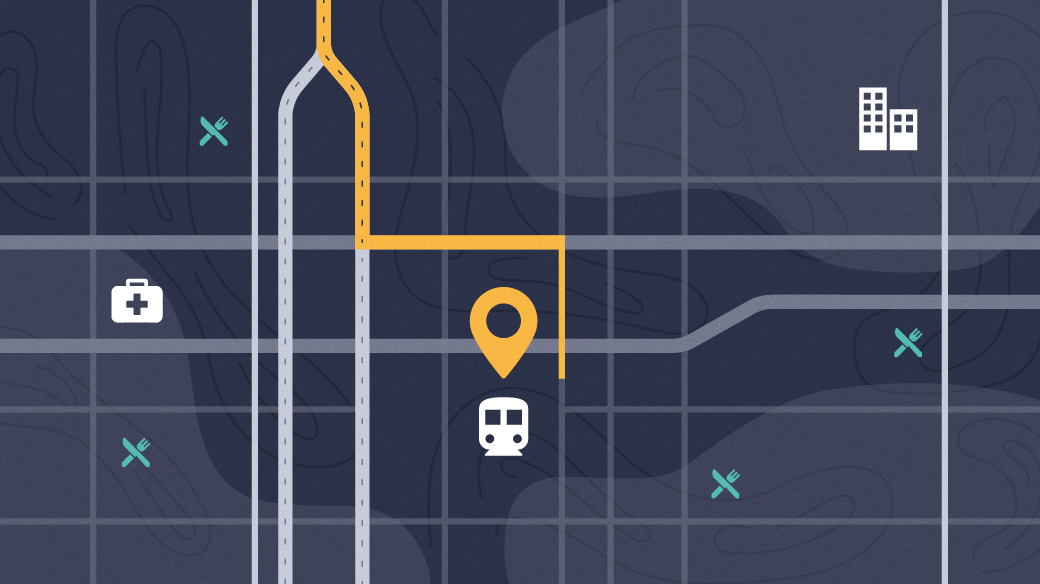This cool database was inspired by the success of Wikipedia and the (rather annoying) predominance of proprietary map data. With over two million registered users and growing, many collect and provide data from GPS devices or local knowledge of the mapping area. OSM also has established a model for non-governmental organizations to collaborate with international organizations. A notable example of this, during the 2010 Haiti earthquake, OSM and Crisis Common volunteers using available satellite imagery to map the roads, buildings, and refugee camps of Port-au-Prince in just two days built the most complete digital map of Haiti's roads. This is known as Crisis mapping and is a real-time way to have people contribute and create situational awareness of the surroundings for the citizens and any humanitarian aid groups.
You can do your bit too by checking your local area and submitting updates and changes.
See
What I love about OpenStreetMap#
technology #
mapping #
navigation #
opensource #
OSM
This month is the 16th birthday of OpenStreetMap (OSM), a community-owned collaborative geographic database of the world.